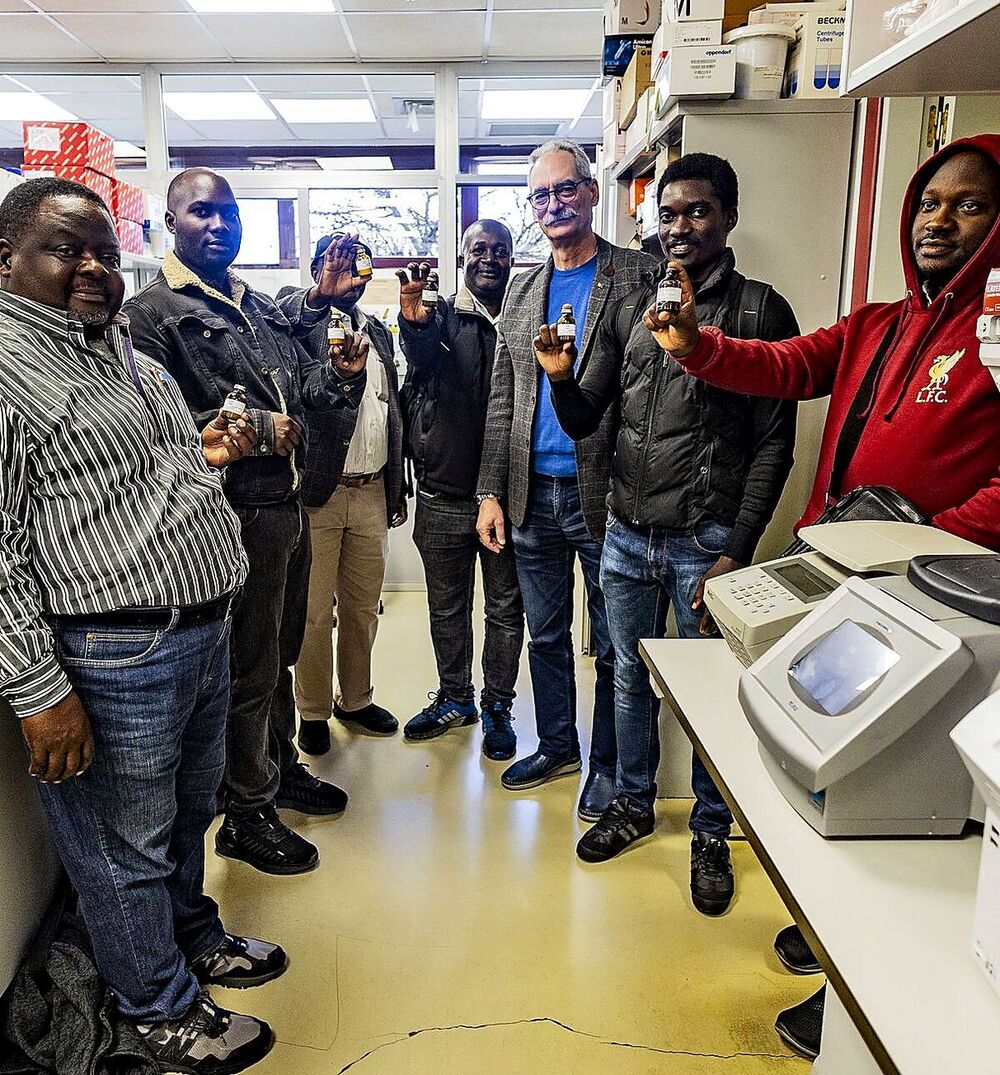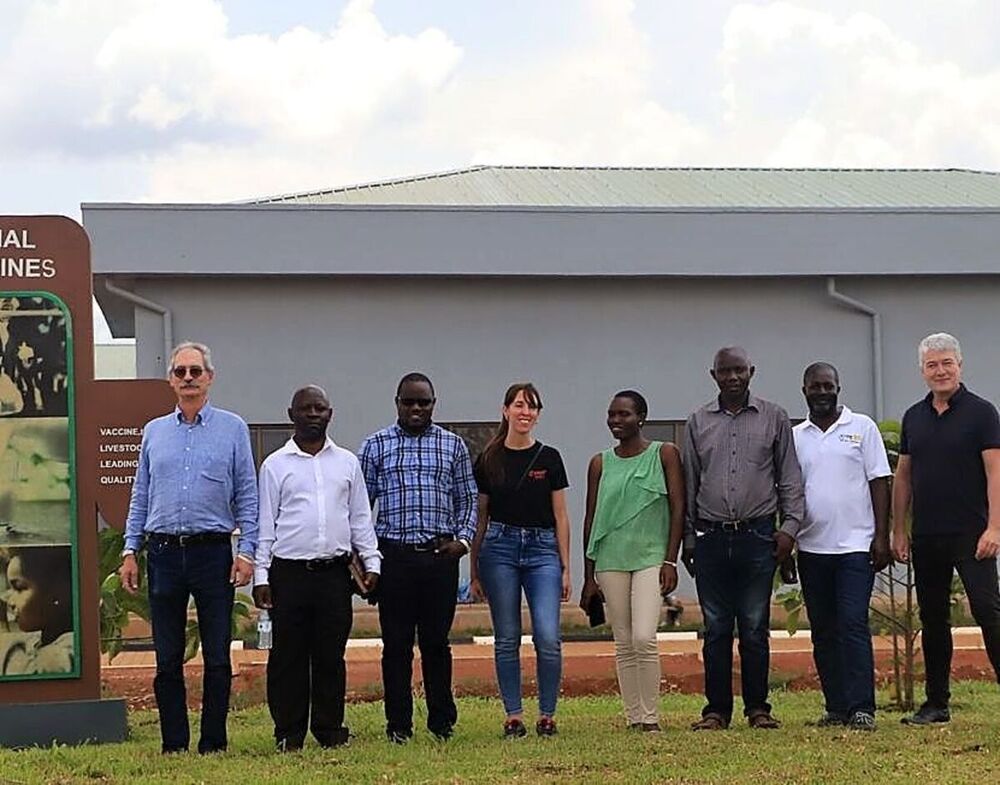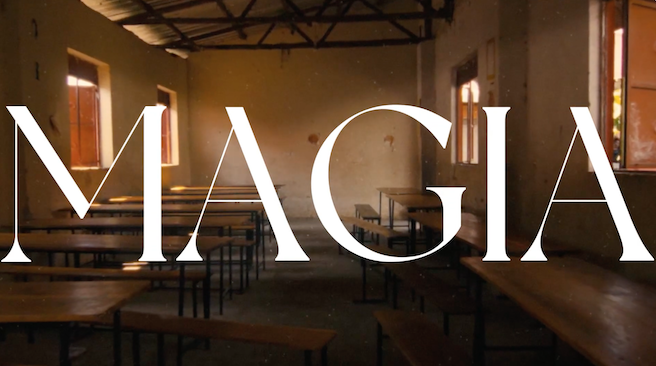Achieving 20 million vaccinations annually

Researchers from the SaBio group of the Institute for Research in Fishing Resources (IREC) are on the verge of closing on what will be their second vaccine against ticks. A product that emerged after ten years of research will be used in Uganda, where ticks have a negative impact on the economy and the welfare of livestock. In fact, this week technicians from that country visited Ciudad Real to the CSIC-UCLM facilities, with the aim of learning the methodology used to develop the subolesin antigen, which has been successfully tested in the country. The goal is to build a factory in Africa, which will have the capacity to produce 20 million vaccines annually.
“One very important goal for us is to translate research, what we do in laboratories, into something that is applied and has an impact on society,” explained researcher José de la Fuente, who together with Cristian Gortázar and Marinela Contreras make up the shortlist. Who was responsible for the project. “In sub-Saharan Africa, especially in Uganda, ticks represent a very serious problem for animal production and animal health,” De La Fuente explained. He said: “I feel very happy, because this is the second vaccine he is marketing.” The first was Javac, a tick vaccine from America, which has been sold in Cuba and other countries for years. The new production, which has not yet been named, will start in Africa, in both cases targeting livestock.
By moving production to Africa, a dual goal is achieved. The first is to reduce the “production cost” by not having to transport the vaccine. It also expands “the ability of countries like Uganda to integrate these technologies as part of their work.” “We have produced the first vaccines,” explained Justus Rotizer, the project’s lead researcher in Uganda, who gave the figure of producing “about 20 million doses every year.” “We will employ approximately 300 people,” and other distribution or warehousing-based jobs will be added. “It will cause significant social and economic development.”
Technician Ruben Fernandez, in the search area. – Photography: Rueda Villaverde/LT“There are small livestock farms,” said Marinela Contreras, a postdoctoral researcher, noting that livestock farming is one of the most important sources of income in that country. Contreras has just returned from Uganda, where he noted that the problem is that the ticks are already resistant to insecticides, so this vaccine is a quality component of the meat and avoids the problems associated with it. The Uganda vaccine uses a “personalized medicine” approach, and the vaccine’s Subolesin antigen is designed to adapt to tick conditions in Uganda, with good results.
The government of Uganda's access to the Ciudad Real research center came about thanks to the “scientific publications” and work on moth control that they have been doing for decades. Their interest pushed the project forward, to the point that “the factory is being established” and “this year the first batches of vaccines can already be produced.”
Research into African diseases is key at a time when some diseases have already moved from one continent to another. Last year, sheep farmers witnessed one of those jumps, with smallpox and the devastation it wreaked on the county. “There is already evidence that tick populations are expanding and that they are present in places where they were not common before,” de la Fuente said, highlighting the importance of having these antigens to combat them, because the method used showed that they can adapt to other mites. “Africa is a priority, not only because of the needs of developing countries, but because it can be a source of some diseases.”

“Award-winning zombie scholar. Music practitioner. Food expert. Troublemaker.”









